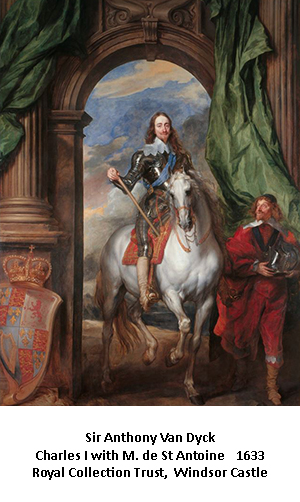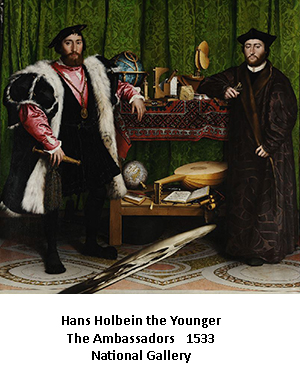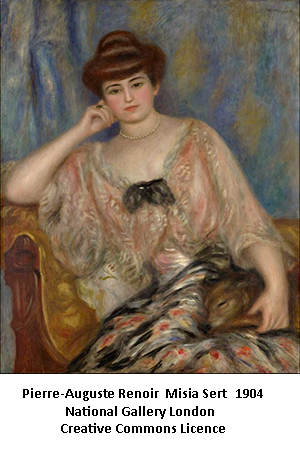Temples, Tombs and Treasures: In Search of the Queen of Sheba

Wednesday 4th September 2019
Louise Schofield
This is the first lecture of the 2019/ 20 season.
The fame of the Queen of Sheba has lasted across the many intervening centuries since she made her epic journey from her distant land to the court of King Solomon.
A passage in the Bible’s Book of Kings has immortalised this Queen and the journey that she made, her camel caravan laden with gold and incense as gifts for the king of Jerusalem.
In this talk, Louise looks at how the Queen of Sheba has captured the imagination of great artists, inspired epic films and has led archaeologists to go in search of her land. It’s a search that has led to discoveries of great temples, tombs and treasures both in the Yemen and in Ethiopia.
Louise is an archaeologist who was Curator of Greek Bronze Age and Geometric Antiquities at the British Museum from 1987-2000. Her book, “The Mycenaeans”, was co-published by the Getty Museum and the British Museum in 2007. She now writes, lectures and runs international archaeological projects – previously in south-eastern Turkey, Greece and Albania and currently in Ethiopia. She has just been appointed Visiting Professor of Archaeology at the American University of Rome.








